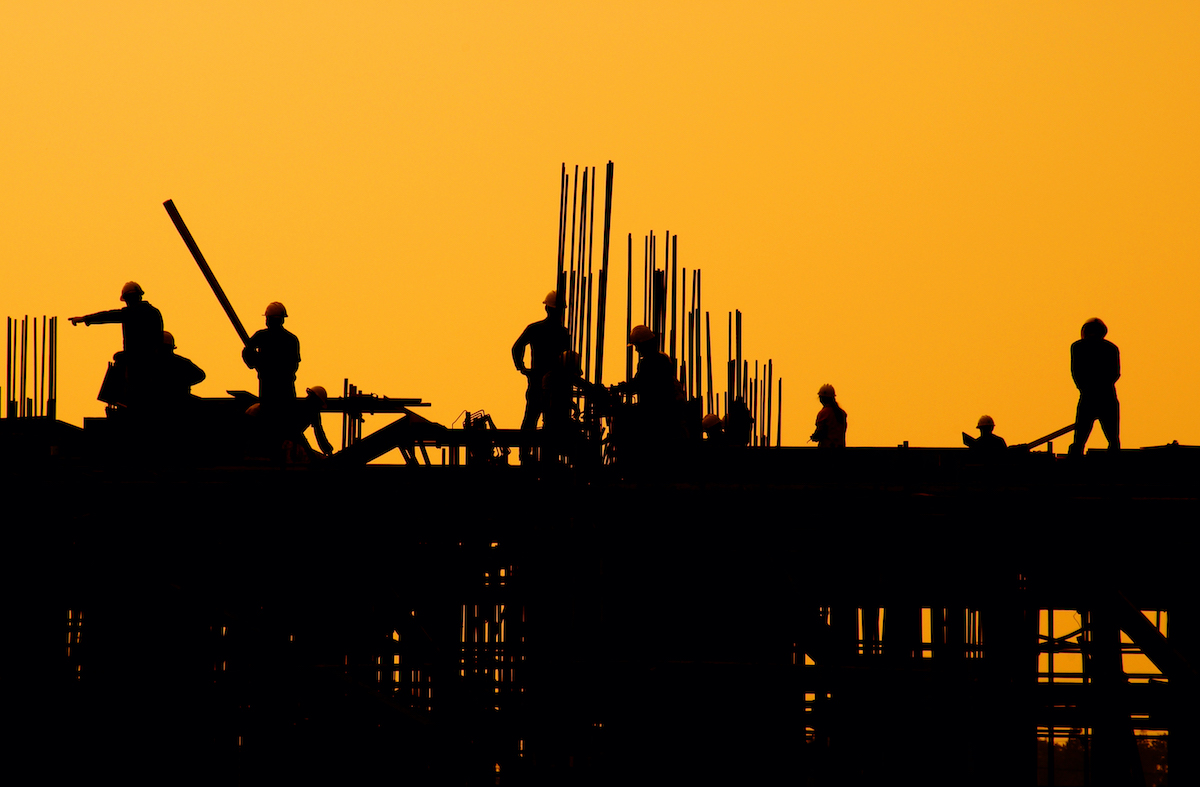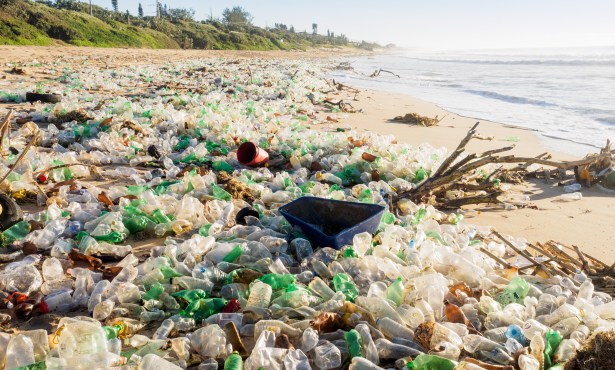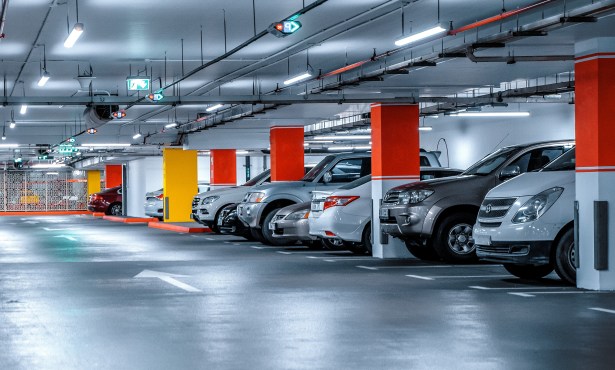An Automated Way to Make Buildings Super Tight
Computers and a Mist Create Verifiable Air Tightness

Over the past several decades, documentation has repeatedly shown that improving a home’s building shell yields the best return-on-investment of all possible green measures. Tightening a building envelope reduces energy bills, improves heating and cooling comfort, and enhances indoor air quality and, consequently, occupant health. Wrapping a structure with an air and water barrier, paying attention to good practices in flashing, filling any holes or gaps with caulking, and carefully installing insulation have been the main steps to creating a higher-performance shell. For years, this has been a hit-or-miss process, even for conscientious builders. It was challenging to know whether ambitious goals for envelope performance were being achieved.
The randomness of results from shell improvement is changing. On a recent Allen Construction project, following the framing and covering the entire exterior of the house with an air barrier, the team called in Western AeroBarrier to further seal the shell. The California Energy Code requires that new homes have no more than five air changes per hour (ACH). This is the equivalent of an almost three-square-foot hole between inside and outside — not very tight.
After taping off doors and windows and sealing openings like drains, ducts, bath vents, electrical outlets, etc., Western then set up a blower door test and pressurized the house to 50 Pascals. A computer maintained this pressure while aerosol sprayers spewed a mist of fibrous acrylic into the space. For 3 ½ hours, the pressure carried the sealant to every gap, filling every leak from the size of a human hair to a half-inch diameter hole. As pressurized air is forced through cracks in the building envelope, the disseminated sealant travels along with it, accumulating on the edges of gaps and eventually filling them in. During the entire process, the computer tracks the changing air tightness in real time. The starting ACH was more than five; the end was .47 ACH, or an impressive 91.2 percent increase in envelope tightness. No more guesswork. This is less than the .6 ACH required to meet the rigorous Passive House standard.
This waterborne acrylic formula is Green Guard Gold certified, meaning it contains no harmful or toxic chemicals and is ultra-low in volatile organic compounds, i.e., almost no outgassing. Workers can safely return to the building interior within 30 minutes.
The cost for applying this material is between $3-$3.50 per square foot of floor area, or between $8,000-$10,000 for a 2,000-3,000-square-foot house. This figure is, at least partially, offset by labor savings from no need to caulk, by reducing the size of mechanical equipment, and by being able to use more cost-effective insulation.
A report is given to the contractor and homeowner at completion documenting the air tightness in three ways: (1) the air changes per hour at 50 Pascals, (2) the leaking area equivalent in square inches, and (3) the leakage value rate in cubic feet per minute.
Support the Santa Barbara Independent through a long-term or a single contribution.



